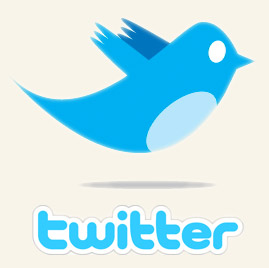Datapalooza.
Yesterday, I was on a panel at OMMA Performance in NYC called “The dream of the Digital Dashboard.” (OMMA stands for Online Media Marketing and Advertising.) The program, curated by Cory Treffiletti — president of Catalyst S+F, a great digital strategy shop — was quite good. (One of the speakers was from Tynt.com, check it out.)
On my panel I mentioned that tactics-palooza has created the need for dashboards and one of my panel mates, Marc Kiven, repurposed the sound bite into datapalooza, which had some serious ballast with the audience. Nice ear Marc. (Sorry, had to say that.)
Datapalooza reminded me of a meeting I attended a while ago in which someone from AT&T network management said “We need to collect all this performance data, then do something smart with it.” It’s a word string, I never forgot. Today digital marketers are so covered in data it has become harder and harder to do something smart. One reason is interoperability. Most reports capture time on site, links clicked, referrals, browser type, geography, device, bounce, last page visited — times a hundred. And even though we’re in the age of open standards I sense many of these data points remain in unique software homes…not portable to other behavioral data sources and feeds.
This interoperability issue reminds me of voice mail. Have you ever moved from one job to another and had to learn new voice mail prompts? What a pain. If we are to improve the performance of digital performance, the industry needs to think about some basic standards. Perhaps that will transform datapalooza into a more sonorous environment. Peace!





